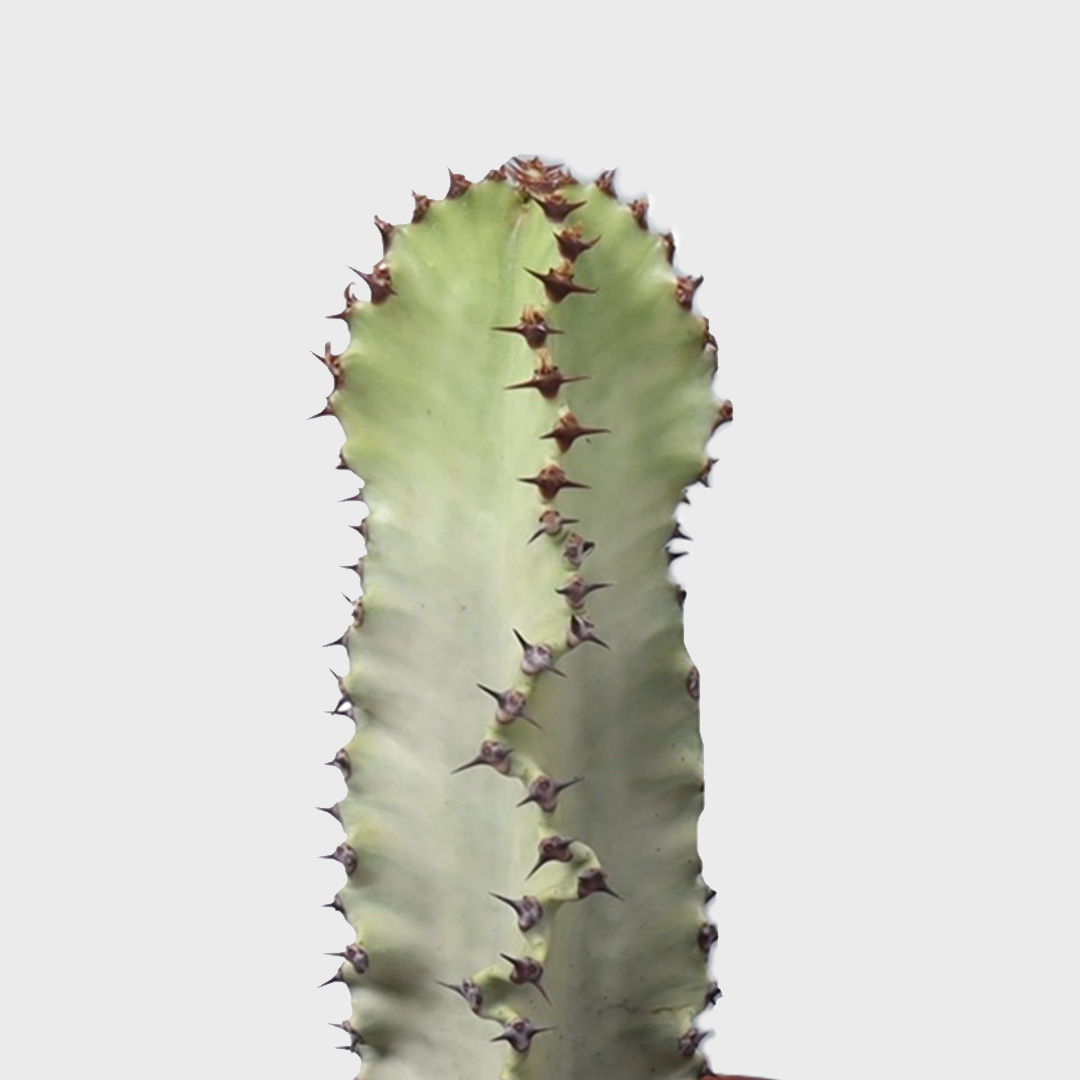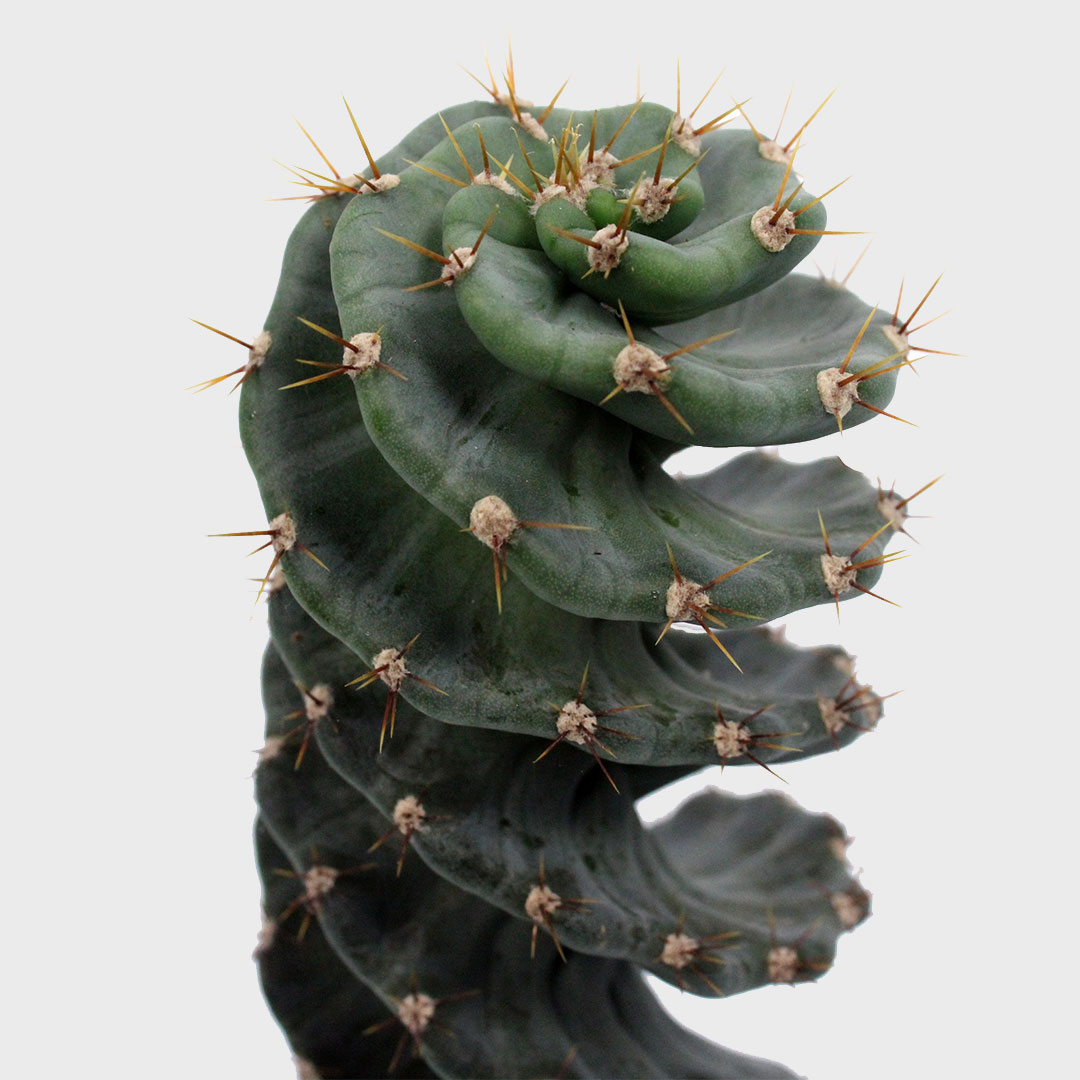
Deliver to
Europe
 English
English

In nature the cactus grows mainly in Africa, Central and South America. From dry to hot climates. It doesn’t really matter where the cactus grows up. They are succulents in nature, which makes them require little care, and are also used economically. Most cacti have sharp prickly surfaces, which we usually recognize a cactus by.
Medium light
Water once a month
Toxic
Non Air-purifying
A Cactus can grow on almost every location. From bright light to partial shade. The optimum light for a Cactus depends on the type of Cactus; for example, Rhipsalis likes partial shade, Echeveria enjoys bright light, and a Christmas cactus can’t stand intense, direct sunlight.
If your Cactus turns yellow or orange the plant gets too much light. It's best to position the plant on a location with less (bright) light.
Being a desert plant, there’s a common misconception that a cactus doesn’t need much water to grow. Even though a Cactus can hoard moisture in its plant cells to save water for drier climates or drought-like conditions, it certainly can't live with just a little water. However, it doesn’t like being drowned in too much water either.
It is best to water a Cactus every month in the growing season, from spring to summer. In the fall and winter it is best to only water the plant once every 3 months.
Being a succulent, a Cactus is low-maintenance and doesn't need much nutrients. However, any good houseplant nutrition diluted to half of the recommended strength can be a nice addition for your cactus. Fertilizing a Cactus once or twice a year is enough.
Repotting a cactus can be quite a job because of its prickly surfaces. We therefore recommend repotting a cactus only when really necessary. If you're going to repot provide gloves, a newspaper or an old towel to hold the cactus. You can then slowly pull the cactus out of its pot and place it in a new flowerpot. Make sure this flowerpot is at least 20% larger than the previous one.
The ideal temperature for cacti generally ranges between 21 to 32 degrees Celsius during the day, with a slight drop in temperature at night. Cacti prefer warm temperatures, and can benefit from a temperature difference between day and night. This helps stimulate their growth and flowering. Temperature fluctuation can be achieved by placing them in a location that receives direct sunlight during the day and experiences cooler temperatures at night.
If any part of the cactus becomes diseased, damaged, or begins to decay, it's advisable to prune that section.
Over time, some cacti may outgrow their designated space or develop an undesirable shape. Pruning them may then be desirable.
Cacti can't withstand high humidity. If they do live in high humidty moulds can occur. This can be prevented if you don't position the cactus in the bathroom or kitchen. It can also happen that your cactus suffers from mealybugs. Mealybugs can be dissolved by spraying the cactus clean with a powerful jet of water. Make sure there is enough distance! Otherwise you could damage the plant itself. Stubborn mealybugs can be combated with chemical pesticides too.

